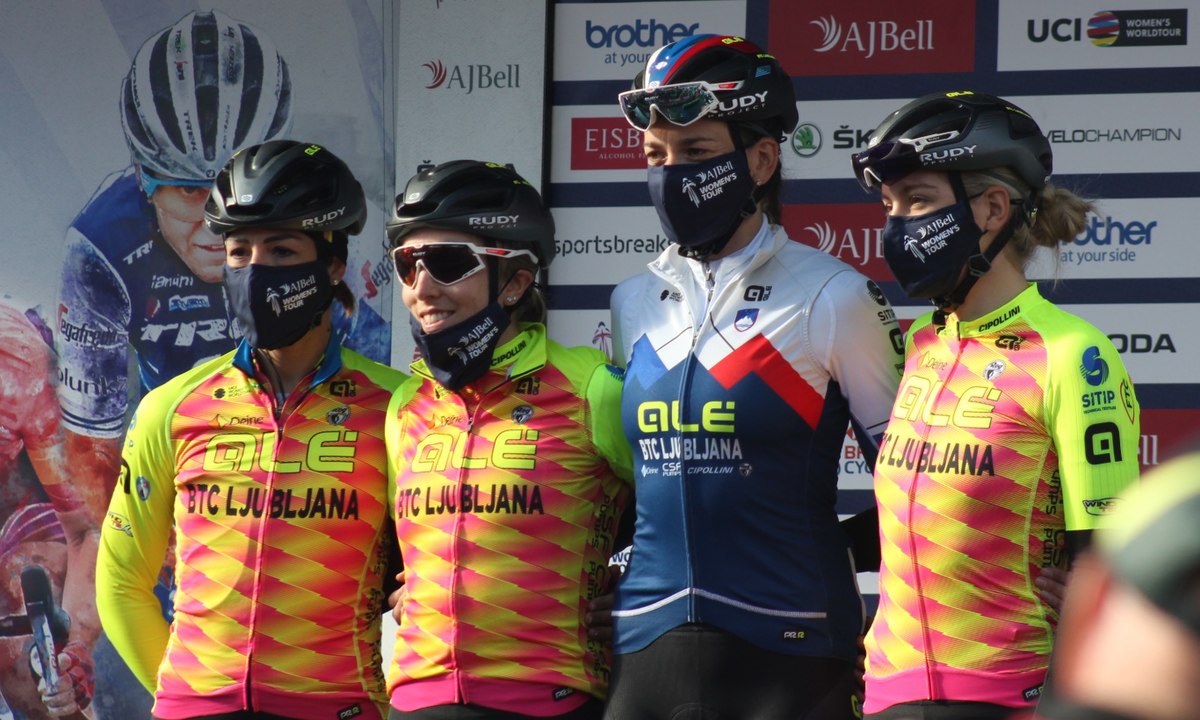Women’s cycling is ready to hit the big time: when will its governing body allow it to?
When the UCI, cycling’s governing body, launched the Women’s World Tour at the beginning of the 2016 season, campaigners saw it as a sizeable step towards equality across the peloton. Race days at the top level of the sport were to be increased from a meagre 10 to 35, and include requirements for live coverage through both conventional and social medias.
Although still substantially behind the Men’s World Tour, at 150 days, the move won plaudits from riders and team managers alike, who saw it as a strong step in ‘professionalising’ the women’s peloton. Rochelle Gilmore, then head of the Wiggle High5 team, remarked: “Their (the UCI’s) willingness to ‘have a go’ has earned them a lot of respect from the people in women’s cycling. We all seem to be on the same page and working towards the same goals together.” The consensus was that the UCI had seized the moment.
And with that, the women’s peloton went from strength to strength. A minimum wage was introduced for the first time, and will be in parity with the men’s minimum wage by 2023. Race days went from 35, to 52 in 2018, and now to 71 in 2022. TV audiences were booming, a report published in 2019 found that women’s races were receiving over 90% of the TV audiences of the equivalent male race. In 2021, keynote races such as Amstel Gold netted more viewers than the men’s race, despite largely being on TV at less favourable times, often when the majority of would-be watchers are at work or on their commutes.
But a governing body that was once willing to ‘have a go’ has been found lacking in recent years, and risks stifling the momentum women’s cycling has worked hard to achieve. The transition to a sustainable minimum wage has been seen to not match the pace of growth of the sport, with most top level teams voluntarily matching the base level salaries of their male and female riders before the 2023 requirement.
Disparity in prize money has also come under sustained criticism. One of the ‘monuments’ of cycling, The Tour of Flanders, changed its prize money allocation after it was revealed the 2019 men’s winner, Alberto Bettiol, received nearly 16 times the prize money Marta Bastianelli won. Both races now share a €100,000 prize pot, with equal payouts for the top 20 in both the men’s and women’s fields. The UCI, again, however, has not mandated this change, instead, only committing to equal prize money in the few races it personally runs.
The UCI was on the forefront of pushing for a more equal sport, it’s time it stepped up once more
“I just feel like it sends a message that we don’t value the women’s sport as much as we value the men’s,” remarked Lizzie Banks, then rider for Ceratizit-WNT. “(Equal prize money) just creates an environment where we say we value you as female riders.” And with the aforementioned TV audiences (all race’s main source of income) reaching near parity for headline men’s and women’s races, lack of action here is an indefensible outcome that the UCI could easily ensure change in.
Structural problems within the day-to-day operations of the Women’s World Tour also threaten to hamper growth. Chief among them is the lack of talent teams are allowed on their roster. When the then-named Road World Cup concluded in 2015, teams were allowed 12 riders who could be picked to contest the 10 race days. Since then, that number has increased by just four, to 16 riders, despite a septupling of race days.
With in-race teams usually consisting of five or six riders, any overlapping events, combined with illness or injury, can leave a team scrambling to field a squad for a race, and failure to do so risks the team a fine of 5000 Swiss Francs – about £4000. Although men’s teams have double the number of riders and double the number of race days, their events are spread over a longer period of time, with their World Tour calendar starting in February as opposed to mid-March, whilst both calendars end in mid-October. Again, the UCI could easily lift the cap on the number of racers in a team, which would not only ease the pressure on riders throughout the season, but also have the side benefit of expediting more young and exciting talent into the women’s peloton.
Women’s professional cycling is on the cusp of hitting the big time. Audiences are as high as they have ever been, and the rapid growth in races shows the demand is there for even more. With the relaunch of a proper women’s Tour de France for the first time in 33 years, the World Tour has the opportunity to tap into a new wave of fans and ensure the continued growth of women’s cycling for years to come, but outdated rules and conservative decision making risk squandering this opportunity. The UCI was on the forefront of pushing for a more equal sport, it’s time it stepped up once more.

Comments